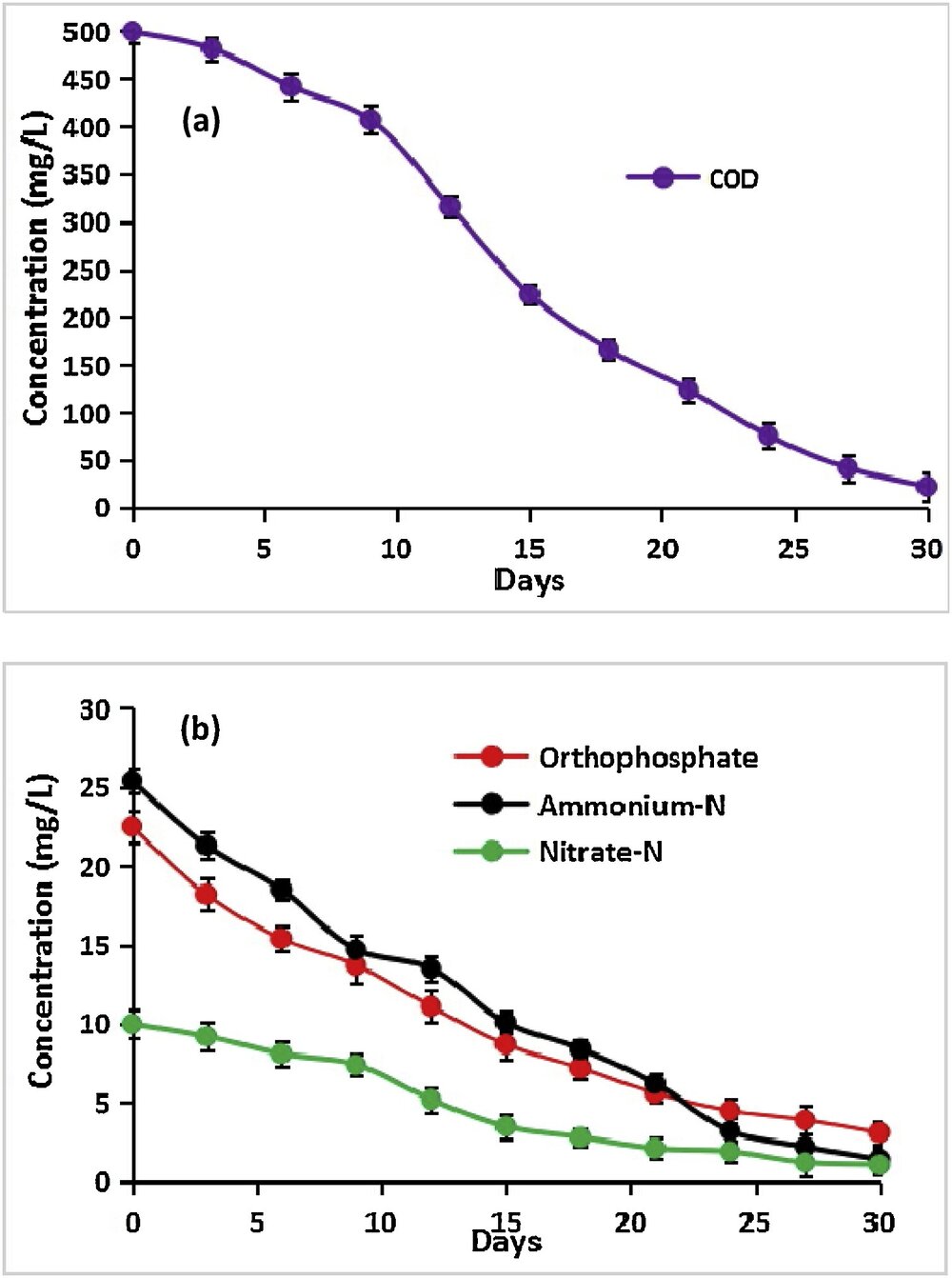simon_the_plant_nerd
Member
Hello all.
I’ve read quite a few threads and discussions this evening and I think I have an idea of where I can get started with dosing fertiliser but just want to run it by the community before I purchase anything or do anything crazy and upset the tank.
My water volume is between 80 and 90litres after adding canister filter but removing substrate, hardscape etc. I have the Superfish Scaper 90 LED light which is a 32W about 150mm above the water surface. The whole “watts per gallon” I assume doesn’t make sense anymore with LED lights now but it was sold as part of an aquascape setup so I expect the light is sufficient for photosynthesis. It’s currently running 6hrs a day to limit algae growth. I intend to up this once the CO2 arrives.
I’m waiting on some CO2 components but have gone down the fire extinguisher and regulator route with an inline diffuser. Hopefully this will be set up before Christmas and I’ll be aiming for 25-30ppm using my drop checker.
The tank is stocked with a shoal of green neon tetras and some invertebrates. I have some submerged plants (one Anubias, micranthemum, eliocharis, planted into Fluval stratum) as well as water lettuce floating as a “duckweed index” indicator. I also have a few plants growing hydroponically at the surface.
The water lettuce is growing well so I’m not concerned about nutrient levels yet! But I want to be prepared so the plan I have is:
Purchase dry salts of potassium nitrate and monopotassium phosphate. Mix up with DI water to a concentrated solution which can be stored. The ratio of PNO4 to KH2PO4 should be 4:1 respectively. The concentrated solution should be dosed to the aquarium to lift the ppm of Nitrate to 20ppm over the course of a week (every other day?). The other macros should be in proportion (if I’ve understood it all and mixed correctly!) which would bring potassium up to a similar level as the nitrate and phosphate would be 1/10 of the other two macros.
I have some FloraGrow trace elements which came with the tank so I’ll use them up before mixing anything else up.
50% water change a week. Each water change will be buffered to a GH of 6dGH.
I’ll need to regularly test the water for a while to get an idea for uptake levels and adjust dosing accordingly. I’m generating enough nitrate already with bioload but I’ve been feeding heavily while stock gets settled and will reduce my once everything is more settled.
Does this plan make sense? Have I made an enormous mistake somewhere? Anything you would change? I based my plan off the threads on EI dosing.
Thanks for reading. Hopefully someone will be able to give advice.
EDIT: Changed ratio from 8:1 to 4:1.
I’ve read quite a few threads and discussions this evening and I think I have an idea of where I can get started with dosing fertiliser but just want to run it by the community before I purchase anything or do anything crazy and upset the tank.
My water volume is between 80 and 90litres after adding canister filter but removing substrate, hardscape etc. I have the Superfish Scaper 90 LED light which is a 32W about 150mm above the water surface. The whole “watts per gallon” I assume doesn’t make sense anymore with LED lights now but it was sold as part of an aquascape setup so I expect the light is sufficient for photosynthesis. It’s currently running 6hrs a day to limit algae growth. I intend to up this once the CO2 arrives.
I’m waiting on some CO2 components but have gone down the fire extinguisher and regulator route with an inline diffuser. Hopefully this will be set up before Christmas and I’ll be aiming for 25-30ppm using my drop checker.
The tank is stocked with a shoal of green neon tetras and some invertebrates. I have some submerged plants (one Anubias, micranthemum, eliocharis, planted into Fluval stratum) as well as water lettuce floating as a “duckweed index” indicator. I also have a few plants growing hydroponically at the surface.
The water lettuce is growing well so I’m not concerned about nutrient levels yet! But I want to be prepared so the plan I have is:
Purchase dry salts of potassium nitrate and monopotassium phosphate. Mix up with DI water to a concentrated solution which can be stored. The ratio of PNO4 to KH2PO4 should be 4:1 respectively. The concentrated solution should be dosed to the aquarium to lift the ppm of Nitrate to 20ppm over the course of a week (every other day?). The other macros should be in proportion (if I’ve understood it all and mixed correctly!) which would bring potassium up to a similar level as the nitrate and phosphate would be 1/10 of the other two macros.
I have some FloraGrow trace elements which came with the tank so I’ll use them up before mixing anything else up.
50% water change a week. Each water change will be buffered to a GH of 6dGH.
I’ll need to regularly test the water for a while to get an idea for uptake levels and adjust dosing accordingly. I’m generating enough nitrate already with bioload but I’ve been feeding heavily while stock gets settled and will reduce my once everything is more settled.
Does this plan make sense? Have I made an enormous mistake somewhere? Anything you would change? I based my plan off the threads on EI dosing.
Thanks for reading. Hopefully someone will be able to give advice.
EDIT: Changed ratio from 8:1 to 4:1.
Last edited:




